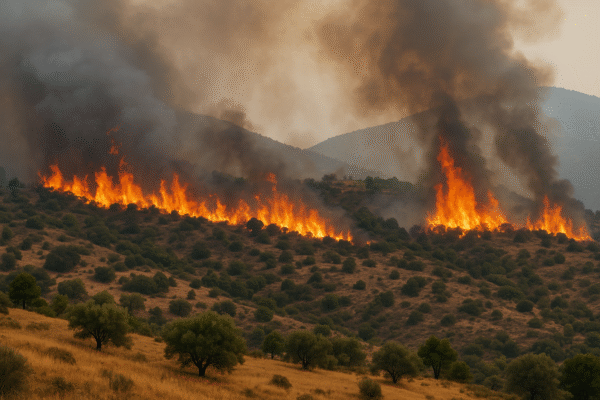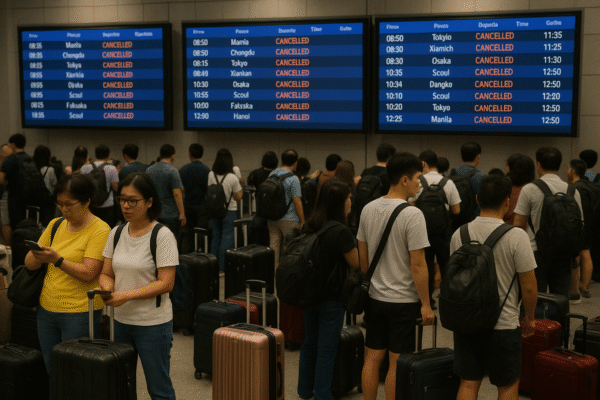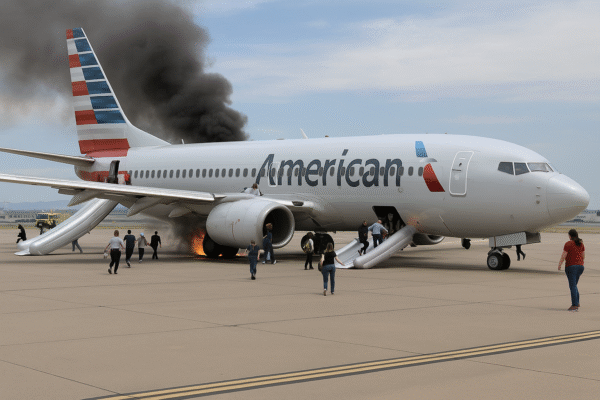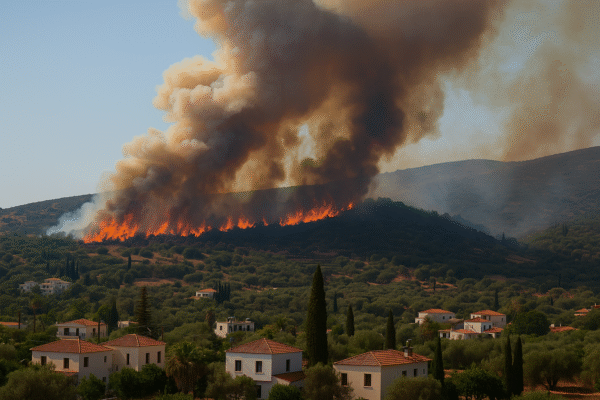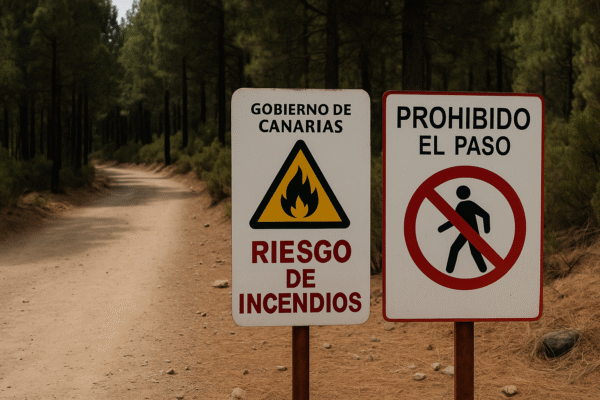As record-breaking temperatures scorch Southern Europe, Greece’s largest island, Crete, is experiencing one of its most severe wildfire crises in recent memory. Local authorities have issued an emergency “very high” (Category 4) fire risk alert, prompting swift safety measures and evacuation plans across key municipalities including Chania, Agios Nikolaos, and Ierapetra. With peak summer travel season underway, the wildfires threaten not only local communities and ecosystems but also Crete’s vital tourism economy.
Extreme Fire Risk Forces Action
The General Secretariat for Civil Protection of Greece has designated Crete under the orange “very high fire risk” warning level due to prolonged drought, extreme heat, and strong southwesterly winds. These conditions have led to rapid fire spread, with several fronts exceeding 20 kilometers in length, particularly in the Chania region. Firefighters and emergency response units are working around the clock to contain the flames and prevent further devastation.
Greece’s Fire Service reports that over 50 fire fronts are active nationwide, with multiple regions on Crete battling intense blazes. The Hellenic National Meteorological Service has also issued weather warnings for high winds and continued heat—conditions that are expected to exacerbate the crisis through the week.
Popular Tourist Zones Severely Affected
Areas under significant threat include:
- Agios Nikolaos Municipality – Fires near Azilakodasos, Vathi, Kritsa, and Krousta forests
- Ierapetra Municipality – Thriptis and Kalo Chorio villages
- Viannos Municipality – Symi region
- Gortyna and Phaistos Municipalities – Rouva-Zaros forest and Koudouma monastery zone
- Malevizi Municipality – Keris area
- Archanes–Asterousia Municipality – Yuuchta mountain and Fourni district
- Rethymno Region – Suburban forests near Agios Ioannis, Arkadi Monastery, and Agouseliana
These areas—some home to hiking trails, monasteries, heritage sites, and rural guesthouses—have become high-risk zones where flames threaten cultural landmarks, wildlife, and agricultural land.
Immediate Restrictions and Safety Bans
To mitigate the spread of fire, the Greek government has implemented strict fire prevention laws across the island. These emergency measures include:
- A total ban on open flames, including crop residue burning and outdoor barbecues
- Suspension of hot work (welding, metal cutting) in rural and forested areas
- Prohibition of pyrotechnics and fireworks
- A ban on smoking in beekeeping areas
- Outlawing the use of airborne lanterns or “sky balloons”
Violators of these orders may face heavy fines and criminal penalties under Greece’s updated wildfire prevention legislation.
Tourists are strongly urged to follow updates from the official Greek Civil Protection portal and heed evacuation orders, especially in mountainous and forest-adjacent accommodations.
Tourism Sector on Alert
Crete, a top summer destination for travelers from Germany, the UK, France, and Nordic countries, has seen significant disruptions in recent days. Several hiking routes and nature parks have been closed, while rural homestays and eco-lodges near fire-prone areas have begun voluntarily relocating guests. Greek travel agencies and international tour operators have issued updated advisories and flexible cancellation policies.
According to the Greek Tourism Confederation (SETE), Crete accounts for nearly 20% of the country’s annual tourism revenue. The wildfire emergency is already prompting questions about how climate resilience measures will be integrated into long-term destination management plans.
Wider Wildfire Crisis Across Greece
Crete is not alone. The Peloponnese peninsula, along with Evia and Kythira islands, is also under threat from active wildfire fronts. In July, similar fires in Central Greece and Attica led to the evacuation of thousands, with over 100 square kilometers of forest destroyed. Greek Prime Minister Kyriakos Mitsotakis has called on European allies for assistance under the EU Civil Protection Mechanism.
On July 27, the EU announced additional aerial firefighting support for Greece, including Canadair aircraft from Italy and helicopters from Romania. The Greek Ministry of Climate Crisis and Civil Protection also confirmed that over 300 additional firefighters have been deployed to Crete from mainland Greece.
What Travelers Should Do
If you are in Crete or planning to visit, follow these steps:
- Monitor Emergency Alerts: Sign up for SMS alerts via Greece’s 112 Emergency Number system.
- Respect Local Orders: Comply with closures of parks, trails, and affected zones.
- Avoid High-Risk Activities: Do not use drones, fireworks, or open flames under any circumstance.
- Pack an Emergency Kit: Include water, first aid, a flashlight, copies of ID, and emergency contacts.
Greece’s Civil Protection Secretariat continues to update risk maps daily and urges all visitors to use the official “Civil Protection Greece” app for real-time alerts and evacuation routes.
A Climate Wake-Up Call for Tourism
The Crete wildfire crisis underscores the vulnerability of Mediterranean destinations in a warming world. With climate-induced heatwaves and droughts becoming more frequent, destinations like Crete must increasingly integrate disaster preparedness, environmental restoration, and sustainable tourism policies into their development strategy.
As the summer progresses, the hope remains that with rapid response, public cooperation, and international support, the fires will be brought under control and Crete will continue to be the resilient, welcoming island it has always been. For now, safety and caution must take priority for all who call or visit this island home.
For more travel news like this, keep reading Global Travel Wire





